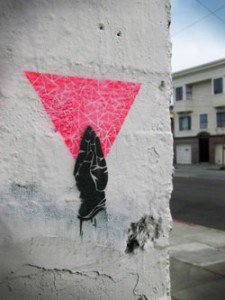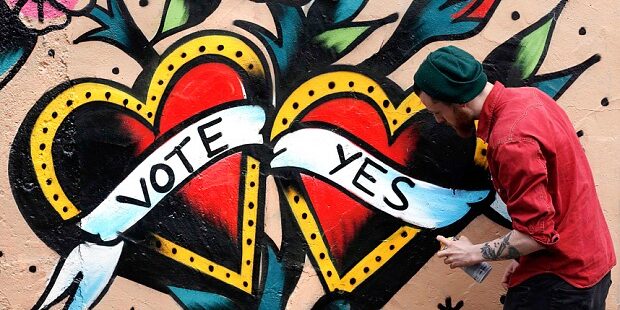Graffiti as Resistance
Graffiti was originally ascribed to etchings or drawings on public surfaces. From Ancient Egyptians, Romans, and Greeks graffiti has existed from antiquity. While the subject of political art is contested as some say that art can exist outside of the political sphere, if we refer to the feminist belief which was highly popularized during the 60s and 70s that “the personal is political”, then art itself can be seen to be inherently political; either taking a stand for or against a particular subject or status quo. From global movements, national resistance campaigns, organizational causes, or even individual opinions, graffiti has been used to demarcate territory for certain tribes, sects and political groups as well as serve as an alternative to mainstream ideologies, perceptions, and news in the public sphere.
 Over the 20th and 21st century, stencils, street art, and other forms of graffiti have increasingly been used to depict political dissent and provide a space for marginalised and oppressed communities to have a voice in society. Using stencils or graffiti to voice individual or community concerns, raise awareness of your campaign, or even just make your existence known is a powerful way of addressing your concerns to existing ideologies/beliefs, raising awareness of your cause in public, reaching out to others, or even just adding some colour to your surroundings!
Over the 20th and 21st century, stencils, street art, and other forms of graffiti have increasingly been used to depict political dissent and provide a space for marginalised and oppressed communities to have a voice in society. Using stencils or graffiti to voice individual or community concerns, raise awareness of your campaign, or even just make your existence known is a powerful way of addressing your concerns to existing ideologies/beliefs, raising awareness of your cause in public, reaching out to others, or even just adding some colour to your surroundings!
Related Articles:
Irish activists are using clever street art to fight the ignorant opposition to gay marriage
Creative Resistance: A Showcase for Activist Art
Intimidation and Resistance: Imagining Gender in Cairene Graffiti







